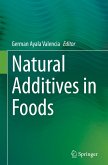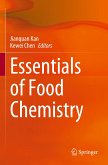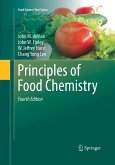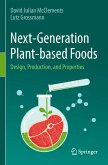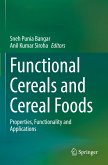Additives have been used in the food sector for centuries, aiming to maintain or improve food quality in terms of freshness, appearance, texture and taste. Most food additives are synthetic chemical compounds classified as antioxidants, antimicrobials, colorants and sweeteners. In the last decades, several synthetic food additives have been correlated with adverse reactions in humans, which has caused the safety of synthetic food additives to be reviewed and discussed by international organizations. At the same time, there is increasing consumer demand for more natural and environmentally friendly food products and additives. Therefore, synthetic food additives have been replaced with natural food additives. Although the use of natural additives is a hot topic in food science, to date no book has systematically reviewed the application of natural additives in food products.
Natural additives in foods presents an exhaustive analysis of the most recent advances in the application of natural additives in the food sector. Covering natural antioxidants, antimicrobials, colorants and sweeteners, this text also focuses on unconventional sources of natural additives, valorization and toxicological aspects, consumer attitudes and regulatory aspects. The main applications of natural antioxidants are fully covered, including polyphenols, ascorbic acid, carotenoids, tocopherols and proteins. Natural antimicrobial applications from polyphenols and essential oils to poly-L-Lysine are analyzed, as are natural colorants like anthocyanins, annatto, betalains and paprika. The encapsulation, trapping, and adsorption of natural additives are studied, and consumer perceptions and preferences are major focuses. Researchers will find up-to-date regulatory specifics for the United States and European Union.
For any researcher in need of an expansive single source containing allrelevant and updated information for the use of natural additives in foods, this book is a much needed addition to the field.
Natural additives in foods presents an exhaustive analysis of the most recent advances in the application of natural additives in the food sector. Covering natural antioxidants, antimicrobials, colorants and sweeteners, this text also focuses on unconventional sources of natural additives, valorization and toxicological aspects, consumer attitudes and regulatory aspects. The main applications of natural antioxidants are fully covered, including polyphenols, ascorbic acid, carotenoids, tocopherols and proteins. Natural antimicrobial applications from polyphenols and essential oils to poly-L-Lysine are analyzed, as are natural colorants like anthocyanins, annatto, betalains and paprika. The encapsulation, trapping, and adsorption of natural additives are studied, and consumer perceptions and preferences are major focuses. Researchers will find up-to-date regulatory specifics for the United States and European Union.
For any researcher in need of an expansive single source containing allrelevant and updated information for the use of natural additives in foods, this book is a much needed addition to the field.


